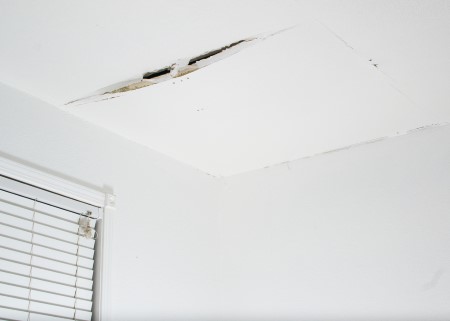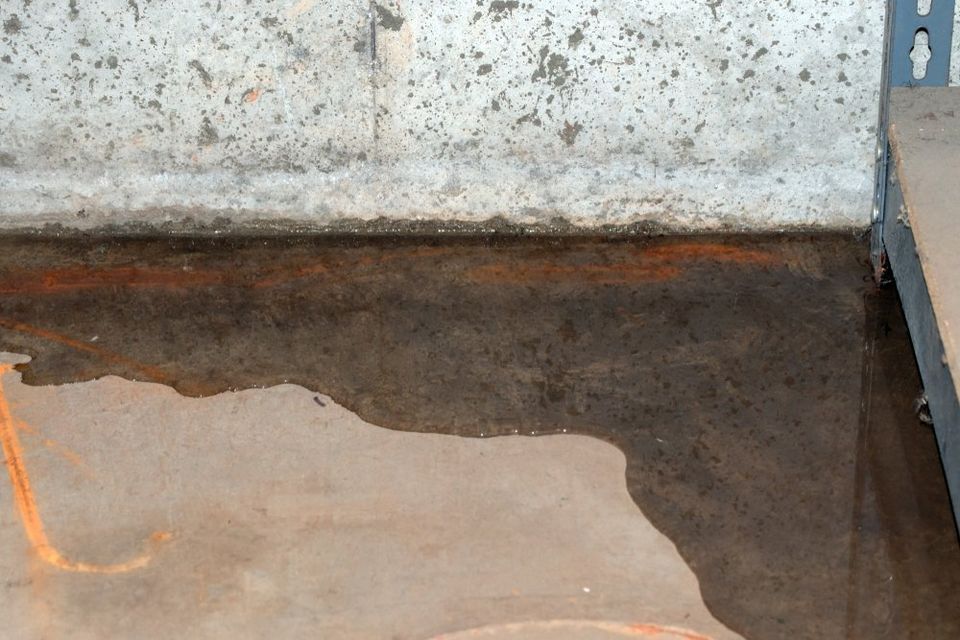Do's and Don'ts Throughout Water Damages Emergencies.
Do's and Don'ts Throughout Water Damages Emergencies.
Blog Article
Listed here in the next paragraph you can find a good deal of good guidance when it comes to 5 Home Safety Tips To Reduce The Risk Of Fire And Water Damage.

Though water gives life, water intrusion on parts where it's not meant to be can lead to damages. It can peel off away surfaces and also deteriorate the foundation if the water saturates into your structure. Mold and mold likewise flourish in a damp environment, which can be hazardous for your wellness. Residences with water damage scent musty and also old.
Water can originate from several resources such as tropical cyclones, floodings, ruptured pipelines, leaks, as well as sewage system problems. In case you experience water damages, it would be great to know some safety precautions. Below are a few guidelines on exactly how to handle water damages.
Do Prioritize Home Insurance Coverage Insurance Coverage
Water damages from flooding dues to heavy winds is seasonal. Nevertheless, you can likewise experience an unexpected flood when a damaged pipeline instantly ruptures right into your house. It would be best to have house insurance policy that covers both disasters such as all-natural tragedies, and also emergency situations like busted plumbing.
Do Not Neglect to Switch Off Energies
In case of a catastrophe, particularly if you reside in a flood-prone area, it would be a good idea to switch off the main electrical circuit. This removes power to your entire residence, stopping electric shocks when water is available in as it is a conductor. Don't forget to transform off the main water line valve. Furnishings will certainly move around and also trigger damages when floodwaters are high. Having the major valve turned off stops additional damage.
Do Stay Proactive and also Heed Weather Informs
Pay attention to emptying cautions if you live near a creek, lake, or river . Doing so reduces potential building damages.
Don't Ignore the Roof
You can prevent rain damage if there are no openings and leaks in your roof. This will certainly protect against water from moving down your walls as well as saturating your ceiling.
Do Focus On Tiny Leaks
A burst pipeline doesn't take place over night. Generally, there are red flags that indicate you have weakened pipes in your home. As an example, you may observe bubbling paint, peeling off wallpaper, water streaks, water spots, or leaking audios behind the wall surfaces. At some point, this pipeline will burst. Ideally, you should not await things to escalate. Have your plumbing repaired prior to it results in substantial damages.
Don't Panic in Case of a Ruptured Pipe
When it comes to water damage, timing is essential. Therefore, if a pipe bursts in your home, instantly shut off your main water valve to reduce off the resource. Call a trustworthy water damages repair expert for assistance.
Water offers life, water invasion on parts where it's not expected to be can result in damage. Houses with water damages odor moldy and also old.
Water damages from flood fees to heavy winds is seasonal. You might notice gurgling paint, peeling wallpaper, water touches, water spots, or trickling noises behind the wall surfaces. When it comes to water damage, timing is crucial.
Some Do's & Don't When Dealing with a Water Damage
DO:
Make sure the water source has been eliminated. Contact a plumber if needed. Turn off circuit breakers supplying electricity to wet areas and unplug any electronics that are on wet carpet or surfaces Remove small furniture items Remove as much excess water as possible by mopping or blotting; Use WHITE towels to blot wet carpeting Wipe water from wooden furniture after removing anything on it Remove and prop up wet upholstery cushions for even drying (check for any bleeding) Pin up curtains or furniture skirts if needed Place aluminum foil, saucers or wood blocks between furniture legs and wet carpet Turn on air conditioning for maximum drying in winter and open windows in the summer Open any drawers and cabinets affected for complete drying but do not force them open Remove any valuable art objects or paintings to a safe, dry place Open any suitcases or luggage that may have been affected to dry, preferably in sunlight Hang any fur or leather goods to dry at room temperature Punch small holes in sagging ceilings to relieve trapped water (don't forget to place pans beneath!); however, if the ceiling is sagging extremely low, stay out of the room and we'll take care of it DO NOT:
Leave wet fabrics in place; dry them as soon as possible Leave books, magazines or any other colored items on wet carpets or floor Use your household vacuum to remove water Use TV's or other electronics/appliances while standing on wet carpets or floors; especially not on wet concrete floors Turn on ceiling fixtures if the ceiling is wet Turn your heat up, unless instructed otherwise

As a devoted reader on Fire And Water Damage Prevention, I assumed sharing that excerpt was really helpful. Do you know another individual who is excited about the subject? Do not hesitate to share it. Many thanks for taking the time to read it.
Report this page